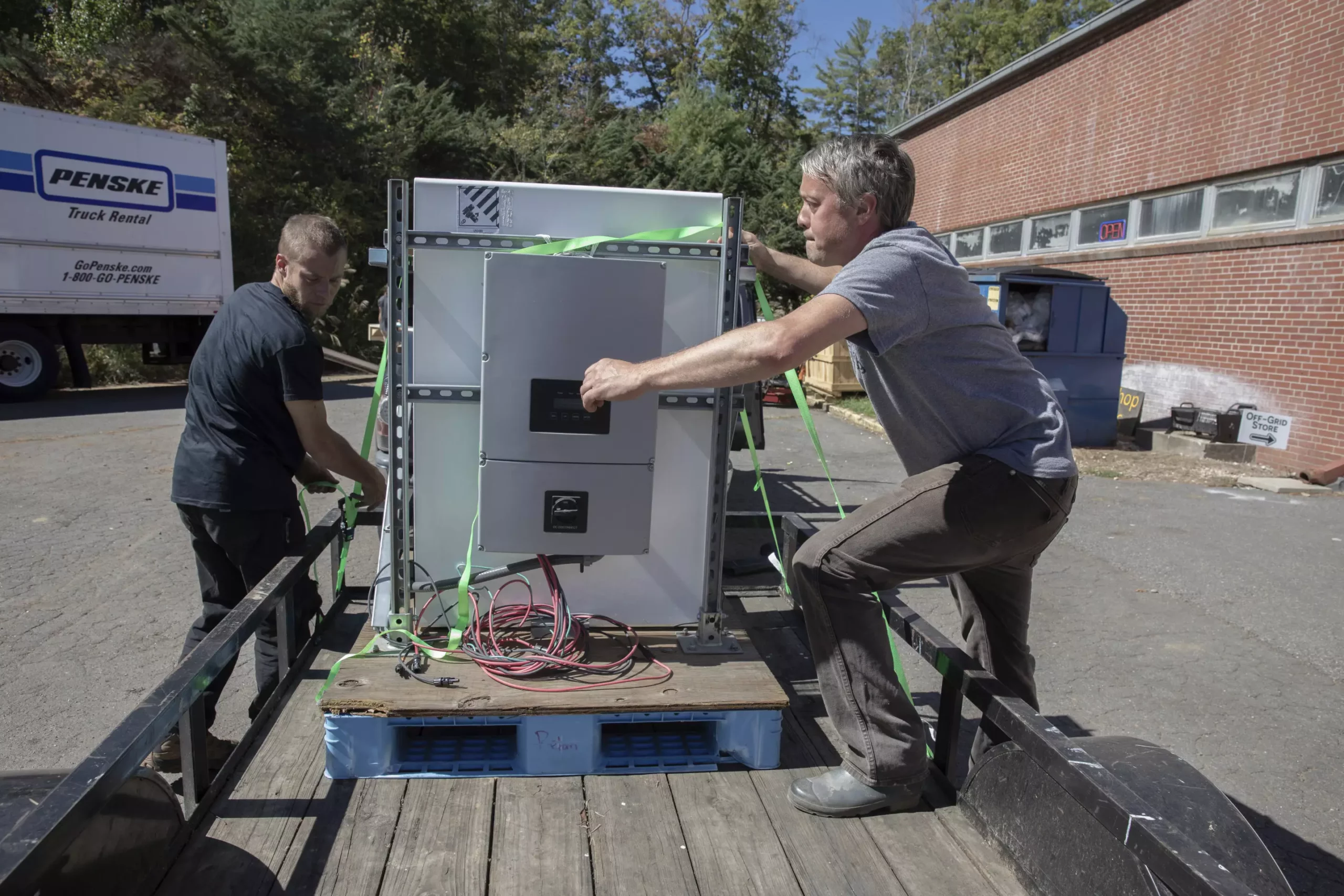In the wake of Hurricane Helene’s devastating impact on North Carolina, communities are left grappling with the unsettling remnants of destruction. Nearly two weeks after the hurricane swept through the region, residents like Bobby Renfro in the small Appalachian community of Tipton Hill find themselves in a precarious situation. Stranded without reliable electricity, Renfro has erected a community resource hub in a former church, a testament to the indomitable spirit of those affected. Yet, the shrill hum of a gas-powered generator serves as a constant reminder of their vulnerability. For Renfro and many others, shutting down the generator is simply not an option; it is the lifeline that keeps essential medical supplies, such as insulin for diabetics, viable, and powers life-sustaining medical equipment.
Despite the collective resilience, the harsh reality is that over 43,000 customers remain without power in western North Carolina, creating a cascading effect on daily life. The lack of electricity extends beyond mere inconvenience; it threatens the very fabric of safety and health within the community. As some residents struggle to power their phones or access clean water, the situation becomes increasingly dire. The recovery crews, while making progress, are often stymied by the rugged terrain, delayed by washed-out roads and impassable conditions. This setback transforms restoration efforts from quick repairs to an arduous process of rebuilding infrastructure from the ground up.
For many, the desperate reliance on gas generators creates a double-edged sword. Although these machines provide a crucial source of power, they come with significant financial and environmental costs. Renfro’s experience serves as a microcosm of this dilemma—having spent over $1,200 on the generator and incurred mounting fuel expenses, he finds himself burdened with choices that threaten the sustainability of his solution. Moreover, the environmental consequences of running a gas generator for weeks on end cannot be ignored. Such reliance on fossil fuels highlights urgent questions about long-term sustainability and environmental health among communities that are already struggling with the fallout from climate-related events.
To further complicate matters, the gas required to fuel these generators is often in short supply, making access a significant challenge for residents already reeling from the hurricane’s impact. With prices for fuel soaring, many are forced to make agonizing decisions about where to allocate their limited resources. As they grapple with the immediate need for power, they must also contend with the long-term implications of increased carbon emissions and pollution stemming from their energy solutions.
Amid the chaos, a beacon of hope emerges through renewable energy initiatives that seek to alleviate the burden of traditional power sources. The Footprint Project, along with local solar companies, has stepped in to provide sustainable energy options, introducing innovative solutions to a beleaguered community. Volunteers have mobilized to deliver solar-powered generators equipped with multiple solar panels, offering a cleaner, quieter alternative to the gas generators that many rely on. This initiative not only supports critical medical needs but also symbolizes a shift in the community’s approach to resilience.
As the Footprint Project ramps up its operations, the deployment of larger solar microgrids, portable batteries, and water extraction machines sets a transformative precedent. The organization recognizes the need to utilize renewable technologies as a means of recovery and reestablishment. Will Heegaard and Jamie Swezey, co-founders of the Footprint Project, have ignited a grassroots movement that marries emergency response with sustainability. They see a pressing need not just to supplement existing power but to pioneer new methods of energy generation in areas beleaguered by natural disasters.
The spirit of collaboration is palpable in the aftermath of Helene, as local volunteers come together to support one another. In many instances, aid comes from unexpected places. Glassblowers from Asheville and solar installers volunteer their time and resources, illustrating the profound notion that community is forged through shared struggles and collective efforts. This grassroots solidarity is critical not only for physical recovery but also for the emotional and psychological healing that follows such traumatic events.
Community leaders like Julie Wiggins have transformed their homes into hubs of support, pooling resources to provide for those around them. The installation of solar panels and battery systems at her site and others exemplifies a transitioning narrative, one that prioritizes resilience and sustainability. Such efforts offer a glimpse of hope, proving that even in the darkest of times, community, innovation, and renewable energy can illuminate a path forward.
As the road to recovery in North Carolina unfolds, it is clear that the lessons learned from Hurricane Helene will resonate long after the power returns. While immediate efforts have focused on providing short-term aid, the integration of renewable energy solutions offers a compelling framework for a more resilient future. By embracing sustainable practices, affected communities can combat not only the damage inflicted by natural disasters but also the ongoing challenges posed by climate change. Through collective action and innovative thinking, these communities are not merely rebuilding; they are redefining what resilience looks like in an era that increasingly demands it.


Leave a Reply